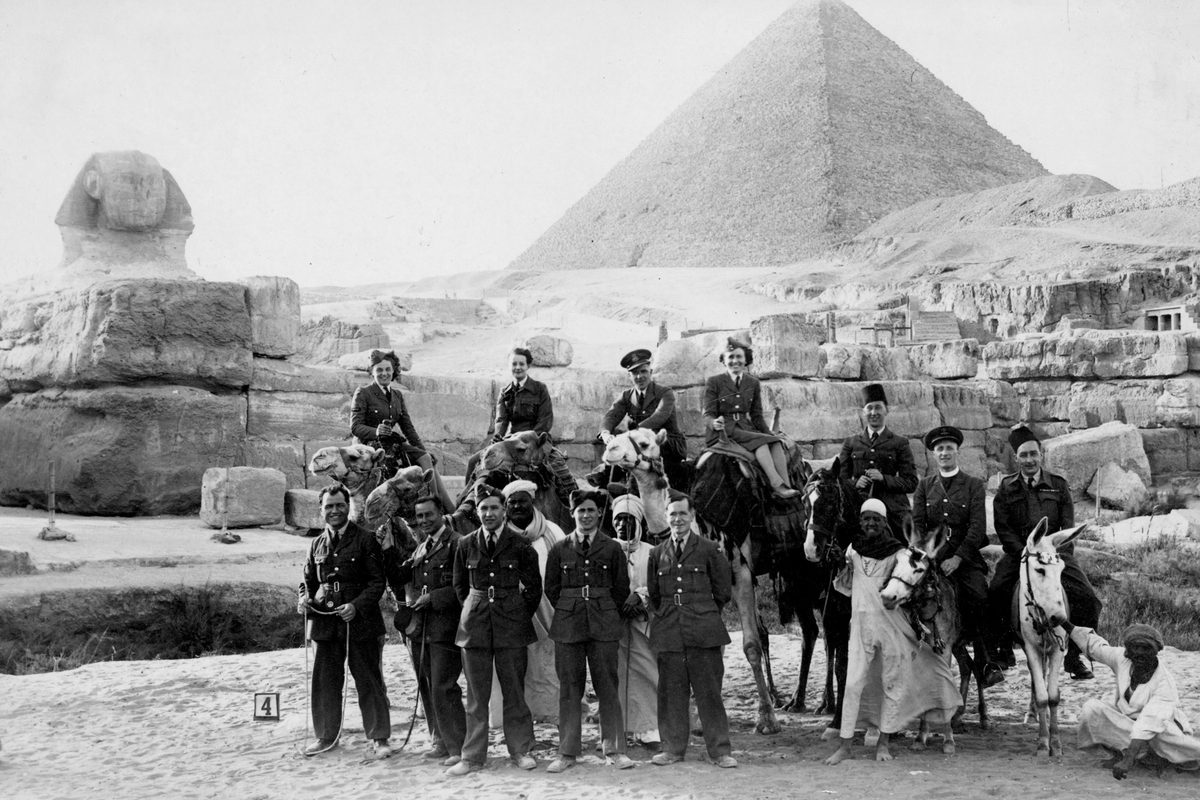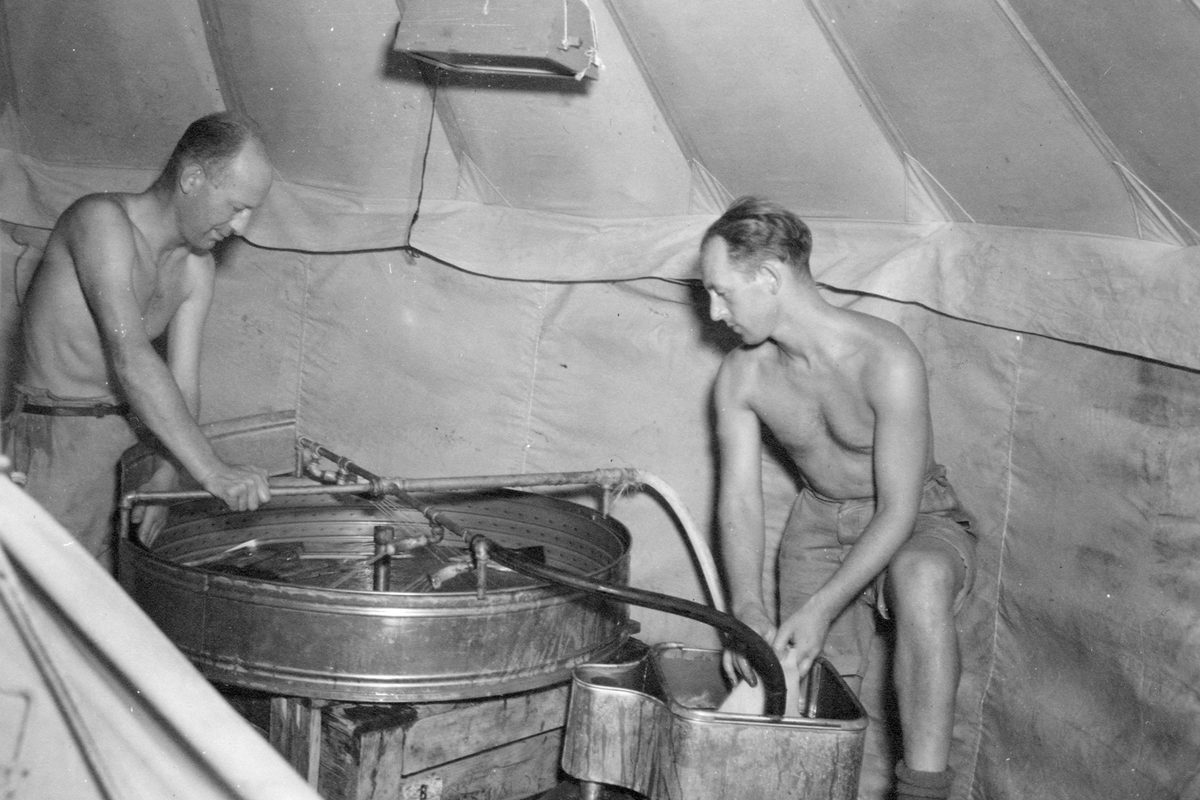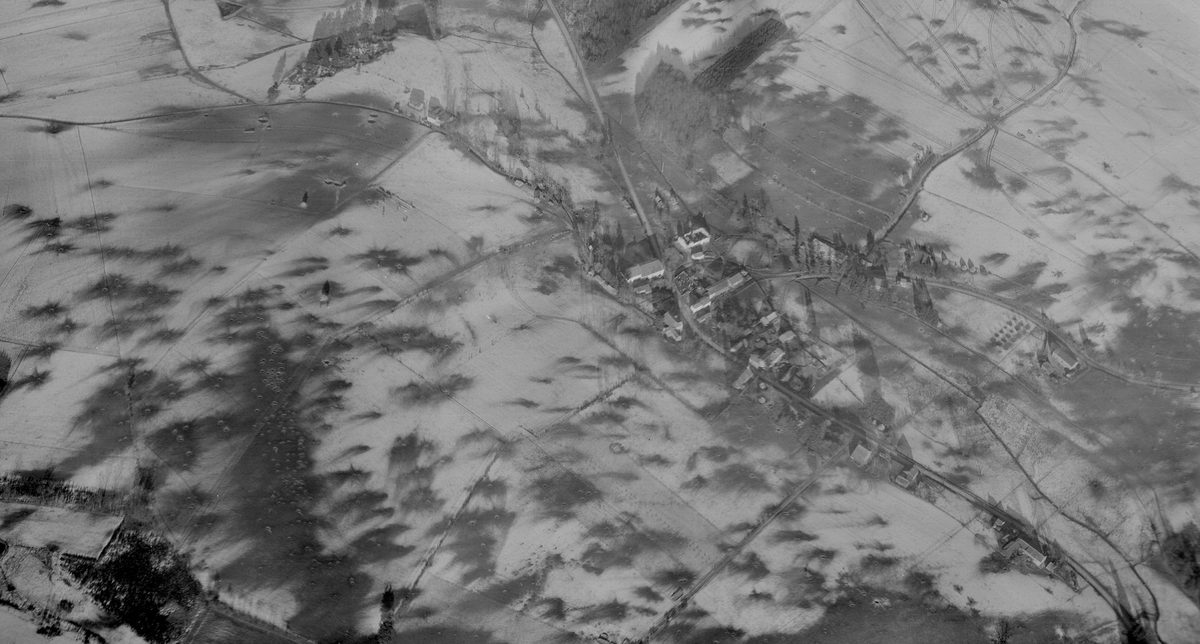NCAP Moves to Scotland

The move to Scotland
In 2008, The Aerial Reconnaissance Archives (TARA) was transferred from Keele University into the care of the Royal Commission on the Ancient and Historical Monuments of Scotland (RCAHMS). It joined the existing collection of imagery from the former archive of the Scottish Office Air Photographs Unit (APU) which had come into RCAHMS care in 1993. Following this, the merged archive was re-named The National Collection of Aerial Photography (NCAP).
When RCAHMS and Historic Scotland merged in 2015 NCAP became part of the newly formed Historic Environment Scotland (HES). NCAP has become one of the largest and most significant collections of historical aerial imagery in the world.

NCAP is based in a purpose-built facility with storage, conservation and digitisation capabilities.
A diverse collection
The collection is comprised of nearly 30 million high-resolution analogue aerial images dating from the 1920s to the present day. Over the course of numerous years, the collections have been curated from diverse origins. While a portion originates from private aerial survey firms or research collections that have surpassed their initial objectives, the bulk stems from UK public records, primarily sourced from various government entities, notably the Ministry of Defence (MoD).
NCAP serves as the official custodian of declassified aerial imagery of locations worldwide, as held by the UK Government. While typical government declassification procedures involve delivering materials to The National Archive (TNA) at Kew, NCAP has been granted Place of Deposit (PoD) status due to the specialised focus on aerial photography for these significant public records. In this capacity, NCAP plays a pivotal role in safeguarding and facilitating access to these exceptional historical resources.

As an official Place of Deposit for aerial photography, digitising the Collection to ensure its long-term preservation is vital.
New ways of working
NCAP is a centre of excellence in managing aerial photography. It works to preserve the internationally significant cultural asset in its care and to make the contents accessible to the public. It operates within a purpose-designed building on the outskirts of Edinburgh, complete with a robotic facility, digital processing suit, and search room. It provides Scan-on-Demand services and supports online and in-person discovery by making imagery and finding aids available.
NCAP has adjusted its ways of working in response to the needs of our customer base, who use NCAP imagery for diverse applications. These use cases include environmental research, academic work, cultural enterprise, explosive ordnance disposal, boundary disputes, family research and land use change. NCAP is committed to working with existing and new partners to achieve the vision of becoming the world centre of excellence and standard setter for the custodianship, online dissemination and applied use of historic aerial imagery.
Read more about our collections on our Image Collections pages.
Rowan Berry, NCAP Sales Admin Assistant


